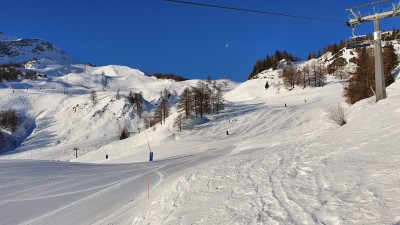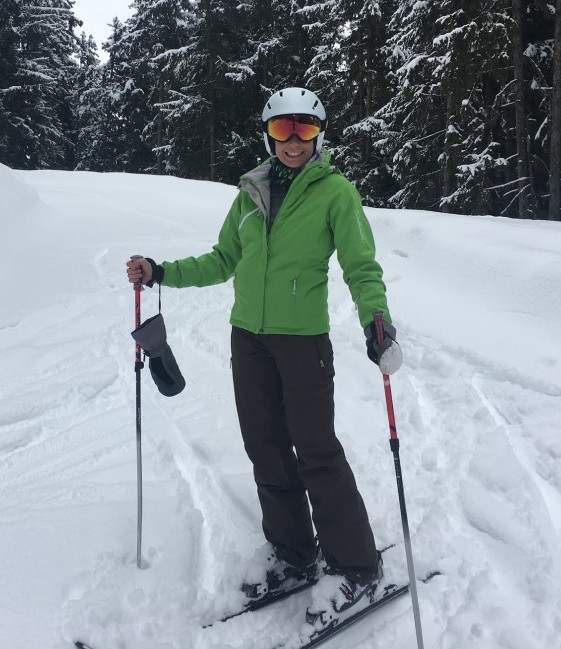


January is known to be the worst month of the year. New Year’s resolutions, diets, exercise routines and empty post-Christmas bank accounts are just a few of the reasons worth mentioning.
However, for those wanting to escape the dark, dreary days and exchange it for blue skies, crisp air and whitest of snow – it is an exciting time ahead!
Skiing is scary, beautiful and adrenaline-filled all rolled into one, but it can also be incredibly dangerous. Every year, there is a significant percentage of people returning from the slopes with painful, and sometimes avoidable, injuries.
I am one of those who returned one year with a torn anterior cruciate ligment (ACL). We cannot always plan for the weather, quality of snow or visibility on some days, but we can influence one thing – our bodies.
As Physiotherapist and avid skier, I often ask the question: what can we do to minimise the risk of getting injured?
The answer lies in specific and timed conditioning.
For any strength and conditioning program to make a difference, you need enough TIME to train your body. Attending 5 spinning classes in the 2 weeks leading up to your trip will not make any difference to your quadriceps’ (front muscle of thigh) endurance capacity when you’re on your fifth 2,4km long red run for the day with nasty moguls.

My suggestion would be at least 6 weeks prior to departure date, you should be working on your “ski-fit” program. Cardiovascular fitness is always useful and the bike, rowing machine and running would be best to prepare you for this. Some gyms have ski machines which are also good fun to use. For strength/conditioning training, I’d suggest to focus on the most important muscle groups for skiing:
If you have a history of previous lower limb injuries or you’re uncertain whether you are ready to go skiing, perhaps it is best to seek the advice and assessment of one of our experienced Physiotherapists at Weybridge & Walton Physiotherapy to get you ski-ready!
Remember – you won’t pitch up at a marathon without training, so why would you go skiing without preparing yourself?
Anneri Winter is one of Specialised Lower Limb Physiotherapists and together with others in our Team has helped many of our patients back to skiing post injury.